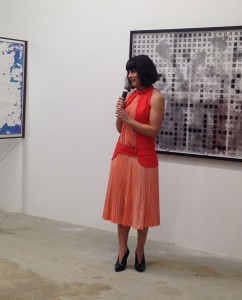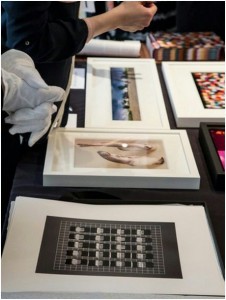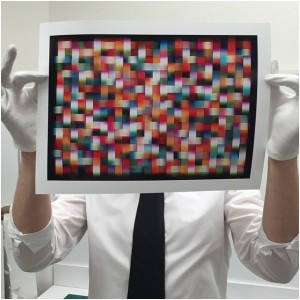 London Drugs Photolab Prints High-Profile Exhibits for Local & International Photographers
London Drugs Photolab Prints High-Profile Exhibits for Local & International Photographers
The Capture Photography Festival has launched for the second year in Vancouver, celebrating both local and international lens-based artistic talent, and London Drugs is thrilled to once again be a sponsor for the event. Capture features dynamic, high-profile exhibitions from Vancouver’s leading galleries that aim to foster emerging talent and initiate public conversation about photography as an art form.
 Building on Vancouver’s rich history of photography, including such photographers as Fred Herzog, Jeff Wall, and Roy Arden, many of the well renowned photographers being featured during the festival are working directly with the London Drugs photolab to produce archival, museum-quality prints, for the exhibitions. The experienced Photolab staff is working one-on-one with the photographers, using the lab’s cutting edge equipment, to produce the best quality prints possible. In fact, London Drugs Photolab technical specialist John Goldsmith is a professional photographer himself and was featured in the inaugural season of Capture Photography Festival. No one understands the relationship between lab and photographer better than John!
Building on Vancouver’s rich history of photography, including such photographers as Fred Herzog, Jeff Wall, and Roy Arden, many of the well renowned photographers being featured during the festival are working directly with the London Drugs photolab to produce archival, museum-quality prints, for the exhibitions. The experienced Photolab staff is working one-on-one with the photographers, using the lab’s cutting edge equipment, to produce the best quality prints possible. In fact, London Drugs Photolab technical specialist John Goldsmith is a professional photographer himself and was featured in the inaugural season of Capture Photography Festival. No one understands the relationship between lab and photographer better than John!
 This year, the London Drugs Photolab is producing prints for renowned photographers who are exhibiting their work in prestigious galleries throughout Vancouver as part of the Capture Photography Festival.
This year, the London Drugs Photolab is producing prints for renowned photographers who are exhibiting their work in prestigious galleries throughout Vancouver as part of the Capture Photography Festival.
- David Ellingsen – The Last Stand
- National Pictures of Canada Association – National Pictures of the Year
- Jessica Eaton – Mini Edition
- Scott Massey – Mini Edition
- Greg Girard – Richmond/Kowloon
- Birthe Piontek – Mini Edition
- Danny Singer – Mini Edition
 Professional photographers aren’t the only ones who are able to print their work at museum-quality, though. Whether you’re an amateur, freelancer, or professional, the London Drugs Photolab will use their state-of-the-art printing processes and experienced lab techs to process images worthy of a gallery exhibit- even if they’re for the walls of your own home.
Professional photographers aren’t the only ones who are able to print their work at museum-quality, though. Whether you’re an amateur, freelancer, or professional, the London Drugs Photolab will use their state-of-the-art printing processes and experienced lab techs to process images worthy of a gallery exhibit- even if they’re for the walls of your own home.











